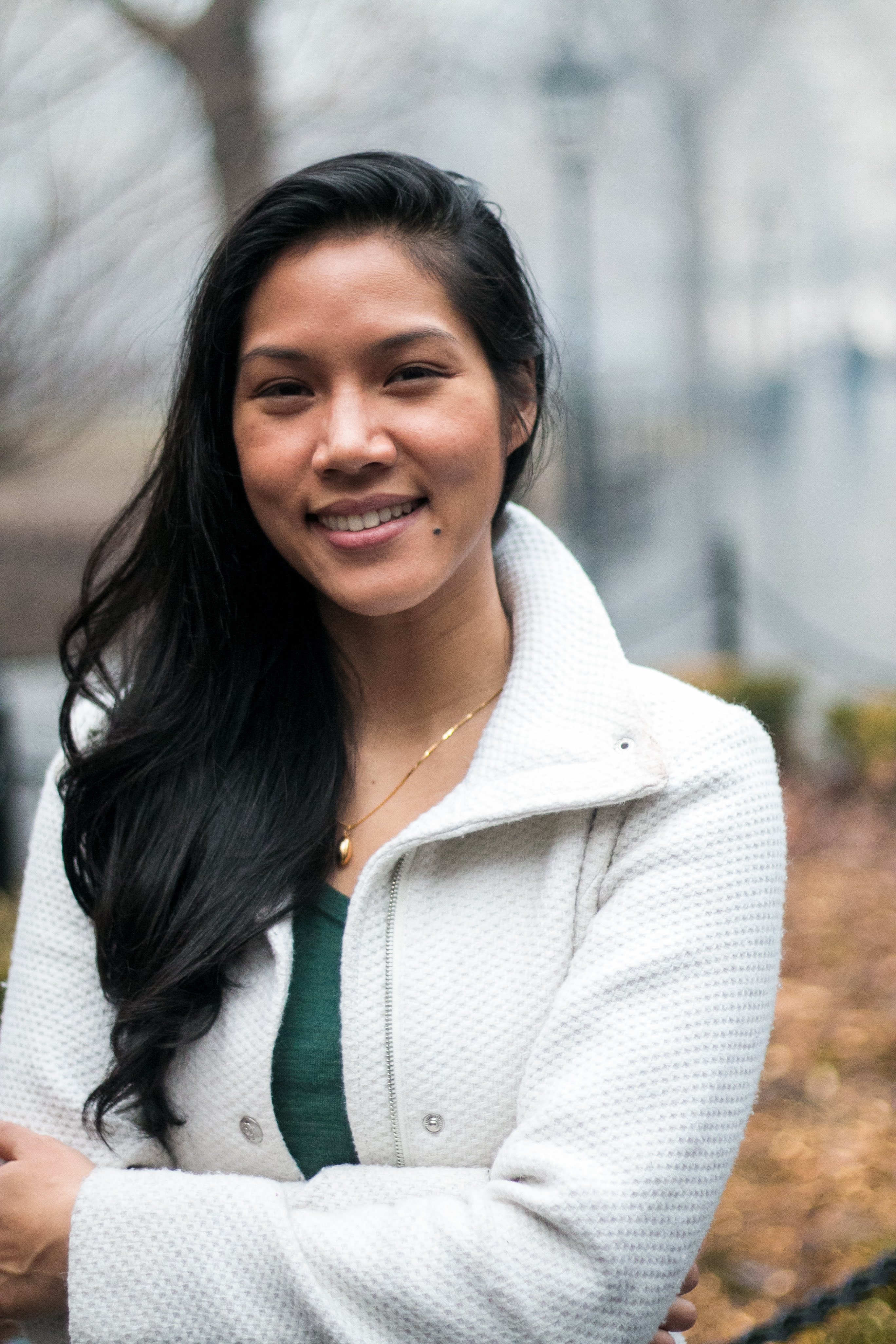The individual: A concept of indefinite substance and blurred edges. For better or for worse, we are never quite separate from the heirlooms of our grandparents, the vernacular of our hometown, the history of our ancestors. For better or for worse, our identities are not products of our own making.
On Wednesday, Feb. 20, two of this year’s Stegner Fellows, Gothataone Meong and Monica Sok, graced a packed room with their poetry and prose, respectively, exploring topics of identity, connection and intergenerational trauma in the scopes of their cultures of origin. A former Stegner Fellow’s description of Meong fits both writers — they specialize in “dissecting the bonds that hold, and those that fray, and those that weigh.” They place individuals in worlds of ties and traditions, both chosen and inherited, that shape the weighty yet elusive essence of the individual.
The authors come from vastly differing backgrounds. Moeng, who holds a creative writing MFA from the University of Mississippi, grew up in Botswana. The story she chose to read, “Botalaote Hill,” is set in her hometown and details the coming-of-age of a teenage girl beginning her first relationship on a hill separating “the ward from the school and the cemetery.” The narrative exists against the overlapping backdrops of the HIV/AIDS epidemic, of sexual exploration, of family expectations and of youthful naivety juxtaposed with prevalent, looming death.
Sok, a child of Cambodian refugees, grew up in Pennsylvania, earned her creative writing MFA at New York University, and has since received several writing scholarships from organizations, including the National Foundation of the Arts. She read from her upcoming poetry collection, “A Nail the Evening Hangs On.” Her poems tell the stories of her culture through snapshots of her ancestors and of the history of Cambodia — her grandmother’s loom, her father’s determination to teach her to read in English, victims of the Khmer Rouge.
Despite their differing experiences and stories, a similar phantom exists in their writing, in the way they regard their cultures as central to their art. Their craft is deeply rooted in the nuances of histories and languages yet rarely addresses them head on. For example, Sok refers to the Khmer Rouge as “mosquitos” in her poetry, and one of Moeng’s characters is ill with HIV/AIDS, though she never mentions the name of the disease. Additionally, both authors include words from their native languages in their writing, weaving them into English as though they had simply been there the whole time, a seamless component of sentences and expressions.
These, of course, are not nuances that an audience in the American public can understand without context, and the authors risk inaccessibility. However, Moeng, whose story mentions eating “marakana” and “phane” and whose characters greet each other with “eita” comments, “There is no equivalent in English. I would rather just keep [the word] rather than translate it to a point where it’s not believable … I think of my primary audience as … people from Botswana, and so for me the people whose criticism I care the most about are these people. I don’t want to write a story which the people from my village feel like I’m writing about them but not for them.” Perhaps any hints of inaccessibility are a typical experience for most readers; perhaps American readers have been spoiled, surrounded by a literature canon from a familiar culture with familiar vernacular. We grow up with the “old sport” Jay Gatsby, who lives in “West Egg” and got rich off “bootlegging” after “the war.” Yet as we read these seemingly mundane phrases, little do we realize that they may be as cryptic to others as the “morogo” in Moeng’s story is to us.
Even so, the universality of literature may trump the discomfort that may come with peering into another world without the help of a tour guide. Who has not navigated, either firsthand or secondhand, the initial awkwardness of first relationships? And who has not looked into a parent’s face and attempted to map the ghostly flickers of their past?
According to Eavan Boland, director of the Creative Writing Program, “The particulars may be something the reader doesn’t know about Botswana, Cambodia, but the feeling is what every reader knows. The feelings of loss or estrangement, people can translate that into their own lives.”
Sok’s writing, in fact, extends far beyond the scope of her personal experiences, beyond the neighborhood in which she grew up. Her poems exist in light of a culture she has experienced largely second-hand, through the lenses of her ancestor’s experiences, yet the emotions and trauma surface vividly and tangibly in her writing. “I do write about my experience as a second generation daughter of survivors, and it has taken a long time to give myself permission to write about the history that I never lived myself,” she said.
Some may argue that the cultural experiences of American-born children of immigrants are not genuine cultural experiences, but Sok disagrees. Instead, she sees her writing as an opportunity to grow closer to herself, to explore and express her identity which burgeons from the culture and the people who surround her. She said to her audience, “I am honored to continue cultivating my own authenticity.” An authenticity, certainly, of an identity both entangled in and empowered by the voices of ancestors, and the tragedies and triumphs of history.
Contact Angela Yang at ayang22 ‘at’ stanford.edu.
